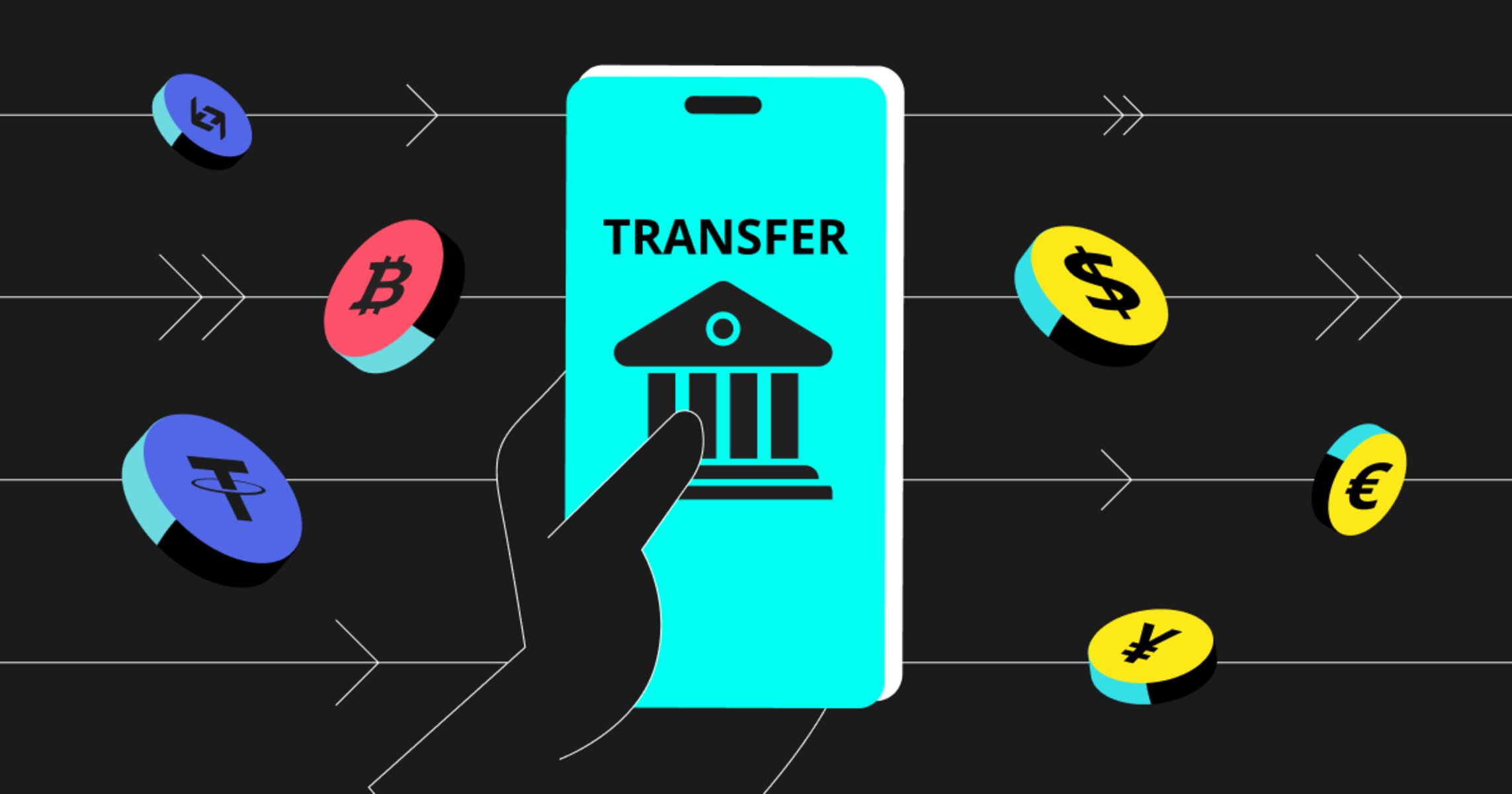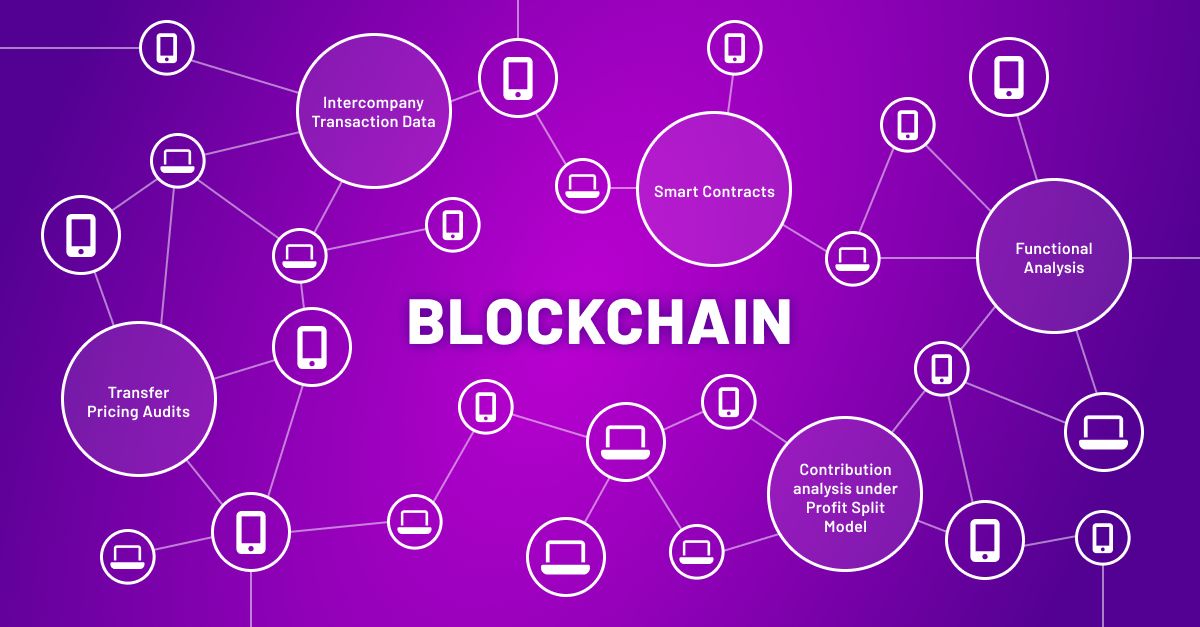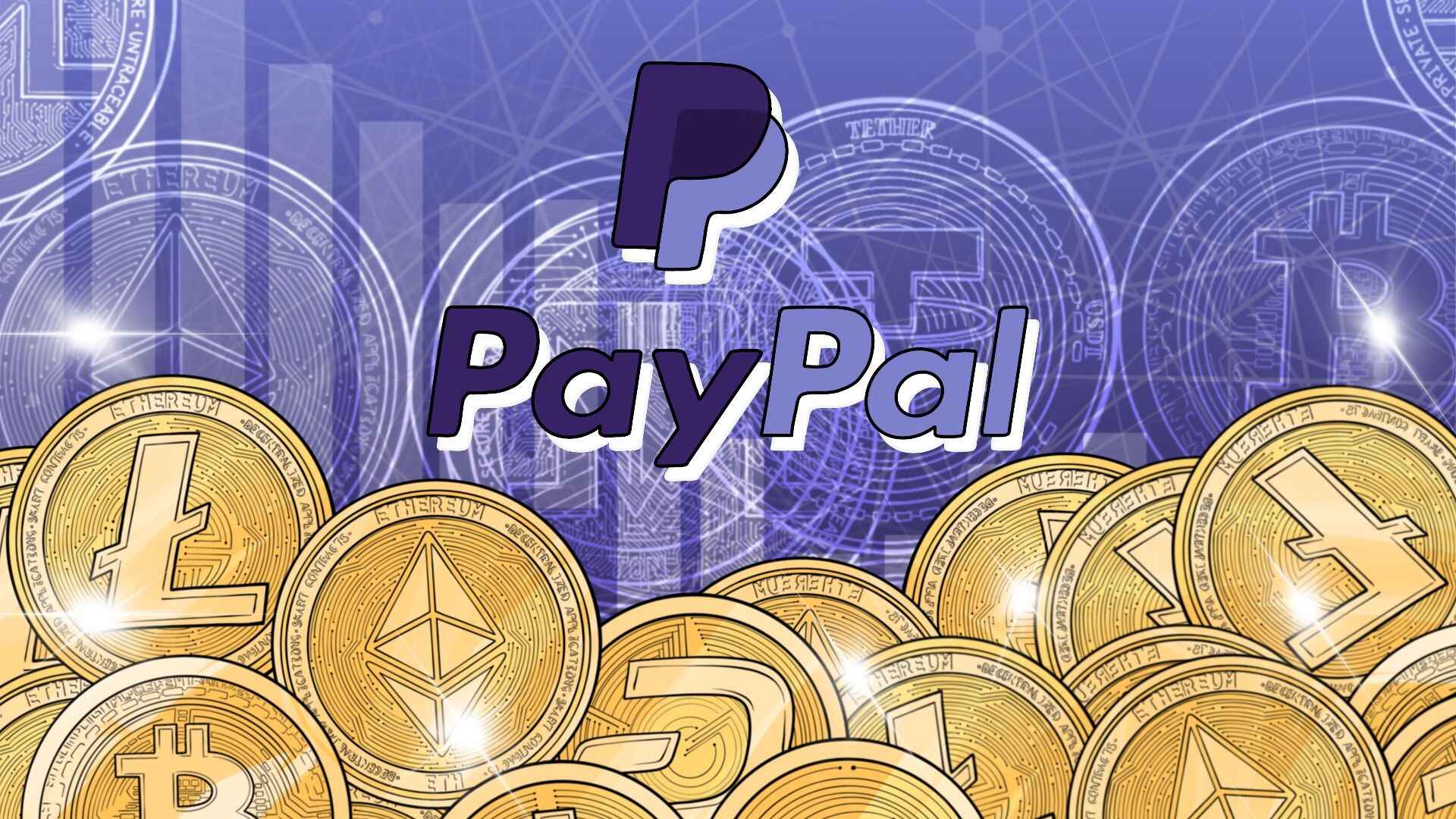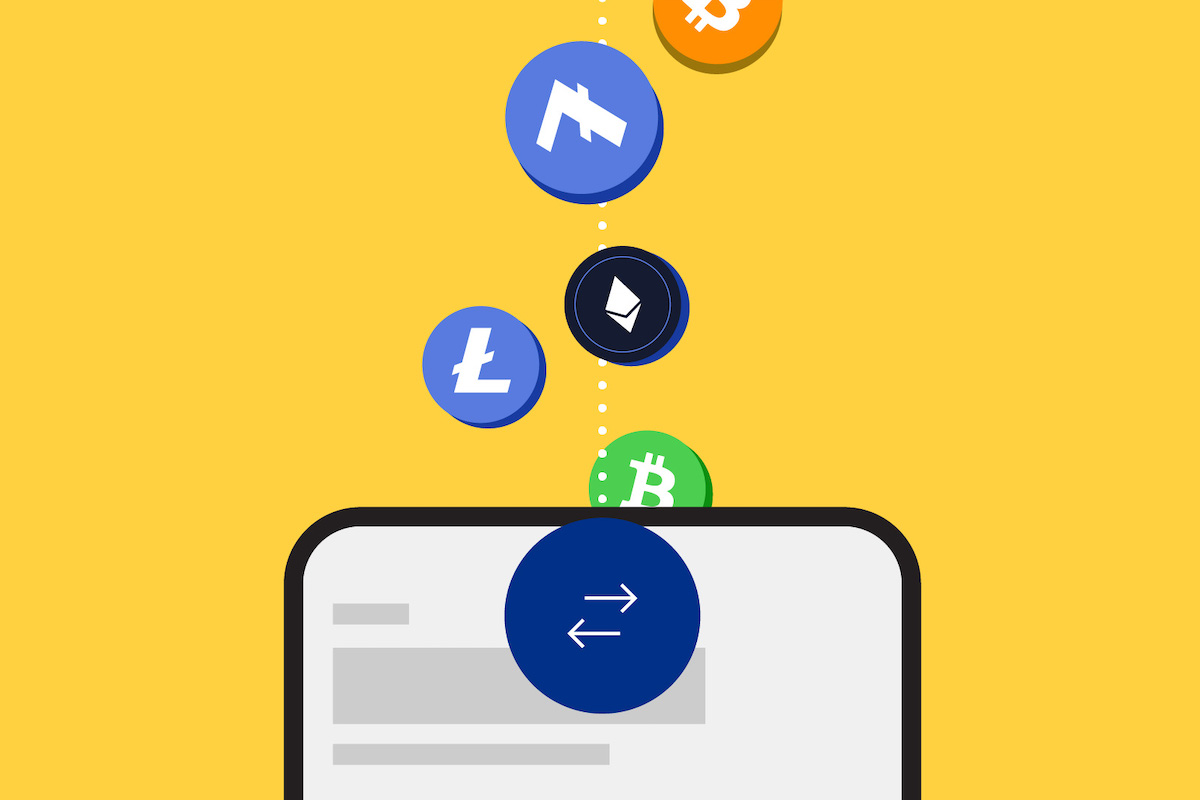Introduction
Blockchain technology has gone from being a niche concept to a mainstream phenomenon in recent years. It has revolutionized industries such as finance, supply chain management, healthcare, and more. With its ability to provide a secure and transparent way of recording transactions, the potential applications of blockchain are virtually limitless.
However, with the growing number of blockchain platforms and solutions available, choosing the right one for your needs can be a daunting task. Whether you are a business owner exploring blockchain for your operations or an individual interested in investing in cryptocurrencies, it is crucial to understand the key factors to consider when choosing a blockchain.
In this article, we will delve into the important aspects that you should take into account before making a decision. From the purpose of the blockchain to its consensus mechanism and scalability, we will guide you through the essential factors that should influence your choice.
By the end of this article, you will have a solid understanding of the key considerations and be better equipped to make an informed decision regarding the blockchain that best fits your requirements and objectives.
Understanding Blockchain Technology
Before diving into the factors to consider when choosing a blockchain, it is essential to have a clear understanding of what blockchain technology is and how it works.
At its core, a blockchain is a decentralized and distributed digital ledger that records transactions across multiple computers, known as nodes. Each transaction, or block, is added to a chain of existing blocks, forming a permanent and immutable record.
One of the key features of blockchain is its ability to ensure transparency and security. Each block contains a unique cryptographic hash, which verifies its integrity and prevents any tampering or alteration. As a result, once a transaction is securely recorded on the blockchain, it becomes nearly impossible to modify it without the consensus of the network.
Blockchain technology operates on a peer-to-peer network, eliminating the need for intermediaries and enabling direct transactions between participants. This decentralization also enhances security since there is no single point of failure or control.
Furthermore, blockchain systems utilize consensus mechanisms to validate and add new blocks to the chain. The most commonly known consensus mechanism is proof of work (PoW), used by cryptocurrencies like Bitcoin. However, other mechanisms, such as proof of stake (PoS) and delegated proof of stake (DPoS), have emerged to address scalability and energy efficiency concerns.
Alongside its robust security features, blockchain technology provides traceability and auditability. Every transaction on the blockchain is timestamped and linked to previous transactions, creating an unbroken chain of custody. This level of transparency makes blockchain ideal for industries where trust and verification are paramount.
While blockchain is commonly associated with cryptocurrencies, its potential goes beyond financial applications. It can be employed in supply chain management to track products from origin to consumers, in healthcare to secure medical records and prevent fraud, and in voting systems to ensure election integrity.
Understanding the fundamentals of blockchain technology is crucial as it forms the basis for evaluating and selecting the right blockchain solution that aligns with your specific needs. In the next section, we will explore the factors that should be considered when choosing a blockchain.
Factors to Consider Before Choosing a Blockchain
With the plethora of blockchain options available in the market, it’s important to carefully evaluate various factors before making a decision. Here are some key considerations to keep in mind:
- Purpose of the Blockchain: Determine the specific use case you have in mind. Whether it’s for financial transactions, supply chain management, or decentralized applications, choose a blockchain that is specifically designed to address those requirements.
- Consensus Mechanism: Understand the consensus mechanism employed by the blockchain. Different mechanisms have different levels of security, scalability, and energy efficiency. Consider factors such as the involved computational power, validators, and block confirmation speed.
- Security and Privacy Features: Assess the security measures implemented by the blockchain. Look for features like encryption, access controls, and privacy protocols to ensure the integrity and confidentiality of your data and transactions.
- Scalability and Performance: Consider the scalability of the blockchain. How many transactions per second (TPS) can the network handle? Is the blockchain capable of growing with your needs? Performance and network congestion can significantly impact user experience.
- Community and Developer Support: Evaluate the level of community and developer support around the blockchain. An active and engaged community can provide resources, support, and opportunities for collaboration, while developer support ensures the availability of tools, libraries, and documentation.
- Interoperability with Other Blockchains: If your use case involves interoperability with other blockchains or existing systems, consider a blockchain that offers compatibility and the ability to communicate and exchange assets with external networks.
- Governance Structure: Explore the governance structure of the blockchain. How are decisions made and changes implemented? A well-defined and transparent governance model ensures the long-term sustainability and evolution of the blockchain ecosystem.
- Cost and Sustainability: Analyze the cost implications of using the blockchain, including transaction fees and infrastructure requirements. Additionally, assess the sustainability of the blockchain’s underlying technology, such as its energy consumption and environmental impact.
- Tokenization and Smart Contract Capabilities: If your use case involves tokens or smart contracts, consider the capabilities and flexibility offered by the blockchain. Look for features like programmability, contract language support, and the availability of developer tools.
By carefully evaluating these factors, you can make an informed decision and choose a blockchain that best aligns with your specific needs and objectives. In the next section, we will conclude our discussion and summarize the key takeaways.
Purpose of the Blockchain
The purpose of the blockchain is the fundamental consideration when choosing the right blockchain for your needs. Each blockchain is designed with a specific purpose in mind, whether it’s facilitating financial transactions, improving supply chain transparency, or enabling decentralized applications.
Understanding your use case and identifying the specific requirements you have will help narrow down the options. For example, if you are looking for a blockchain to handle high volumes of financial transactions, you should focus on blockchains with proven scalability and speed in processing transactions.
Additionally, consider the industry or sector for which the blockchain is designed. Certain blockchains cater to specific industries, such as healthcare, logistics, or energy. These industry-focused blockchains often offer tailored features and functionalities that address the unique challenges and requirements of those sectors.
Furthermore, consider whether the blockchain is designed for public or private use. Public blockchains, such as Bitcoin and Ethereum, are open to anyone and provide a decentralized and transparent ecosystem. Private or permissioned blockchains, on the other hand, allow access only to authorized participants and are typically used for applications with specific governance and compliance requirements.
By clearly defining the purpose of the blockchain and understanding the specific needs and considerations of your use case, you can narrow down the options and find a blockchain that is best suited to meet your objectives.
Remember, the purpose of the blockchain should align with your goals and the problem you are trying to solve. Taking the time to fully understand this aspect will ensure that you choose a blockchain that will bring maximum value to your business or project.
Consensus Mechanism
The consensus mechanism is a critical factor to consider when choosing a blockchain. It determines how the network reaches agreement on the validity of transactions and adds them to the blockchain. Different consensus mechanisms have varying levels of security, scalability, energy efficiency, and decentralization.
One of the most well-known consensus mechanisms is Proof of Work (PoW), used by Bitcoin. In a PoW system, miners compete to solve complex mathematical puzzles to add new blocks to the blockchain. This mechanism ensures security but requires significant computational power and energy consumption.
Another popular consensus mechanism is Proof of Stake (PoS), which selects validators based on the number of tokens they hold. Validators are chosen to create blocks and validate transactions based on their stake in the network. PoS is more energy-efficient compared to PoW but may raise concerns about centralization if a small number of entities hold a significant percentage of the tokens.
Delegated Proof of Stake (DPoS) is another consensus mechanism that involves a limited number of elected validators who take turns producing blocks. This mechanism offers faster transaction speeds and higher scalability but sacrifices some decentralization as the decision-making power is concentrated in the hands of a few elected nodes.
When choosing a blockchain, consider the trade-offs between security, scalability, energy efficiency, and decentralization that different consensus mechanisms offer. Assess the needs of your Use Case and find a consensus mechanism that strikes the right balance for your specific requirements.
Note that some blockchains are experimenting with new consensus mechanisms, such as Proof of Authority (PoA), Practical Byzantine Fault Tolerance (PBFT), or Directed Acyclic Graphs (DAGs). These alternative consensus mechanisms aim to provide better scalability, faster transaction speeds, and improved security for specific use cases.
Understanding the consensus mechanism of a blockchain is essential to evaluate its capabilities and limitations. By considering this factor, you can select a blockchain that aligns with your needs and provides the desired level of security, scalability, and decentralization for your project.
Security and Privacy Features
Security and privacy are crucial factors to consider when choosing a blockchain. The decentralized nature of blockchain technology provides inherent security benefits, but different blockchains may offer additional features to enhance data protection and confidentiality.
When evaluating the security of a blockchain, consider factors such as cryptographic algorithms used to secure transactions and the architecture of the network. Look for robust encryption protocols, including hashing algorithms and digital signatures, to ensure the integrity and authenticity of data within the blockchain.
Another important aspect is the immutability of the blockchain. The inability to alter previous transactions without consensus makes it resistant to fraud and tampering. Additionally, the distributed nature of the blockchain ensures that there is no single point of failure, making it more resilient to attacks.
Privacy is another critical concern, especially if your use case involves sensitive data. Some blockchains offer privacy features such as zero-knowledge proofs or ring signatures, which allow for transaction privacy while still maintaining the transparency and immutability of the blockchain. These privacy-enhancing technologies can protect confidential information without compromising the overall security and integrity of the blockchain.
Furthermore, consider the governance model and access controls implemented by the blockchain. A well-defined set of rules and permissions ensure that only authorized parties can participate in the network and perform specific actions. This contributes to data security and prevents malicious actors from manipulating the blockchain.
It’s also worth examining the track record of the blockchain in terms of security breaches or vulnerabilities. Look for audits, penetration tests, and code reviews to assess the level of security scrutiny the blockchain has undergone. Additionally, consider the responsiveness of the development team in addressing security concerns and releasing timely security updates.
By carefully evaluating the security and privacy features of a blockchain, you can ensure that your transactions and data remain secure and confidential. This is especially important for industries such as finance, healthcare, and supply chain management, where data protection is paramount.
Scalability and Performance
Scalability and performance are crucial factors to consider when choosing a blockchain, particularly if your use case involves high transaction volumes or requires fast confirmation times.
Scalability refers to the blockchain’s ability to handle a growing number of transactions without sacrificing performance. As blockchain networks become more congested, it can lead to delays and increased transaction costs. Therefore, it’s important to evaluate the scalability of a blockchain and ensure it can handle the projected transaction volume without compromising efficiency.
Several factors influence the scalability of a blockchain, including block size, block confirmation times, and the consensus mechanism employed. Blockchains with larger block sizes can accommodate more transactions per block, while shorter block confirmation times reduce the time required for a transaction to be confirmed and added to the blockchain.
Consider the transaction throughput or TPS (transactions per second) that a blockchain can handle. High-performance blockchains like EOS and TRON can process thousands of transactions per second, making them suitable for applications that require fast and high-volume transactions.
It’s also important to evaluate the network infrastructure and architecture of the blockchain. Some blockchains rely on a single global network, while others employ sharding or sidechain solutions to increase scalability. Sharding allows for parallel processing of transactions by dividing the blockchain network into smaller interconnected parts, which can significantly improve scalability.
Additionally, consider the availability of Layer 2 solutions or off-chain scaling techniques that can alleviate the load on the blockchain. These solutions, such as payment channels or state channels, enable faster and more scalable transactions by conducting certain operations off-chain while still maintaining the security of the underlying blockchain.
Furthermore, evaluate the network’s overall performance, including block confirmation times and transaction finality. A blockchain with faster block confirmation times ensures quicker transaction validation and reduces the risk of double-spending. Transaction finality refers to the point at which a transaction becomes irreversible, ensuring that once a transaction is confirmed, it cannot be altered.
By evaluating the scalability and performance of a blockchain, you can choose a solution that meets the transaction volume and confirmation time requirements of your use case. This will ensure a smooth and efficient user experience while maintaining the security and integrity of the blockchain.
Community and Developer Support
The strength of the community and developer support behind a blockchain is a crucial factor to consider when making a decision. A thriving and engaged community can provide valuable resources, support, and collaboration opportunities for both individuals and businesses.
An active community signifies a robust and dynamic ecosystem, which is particularly important for open-source blockchains. Look for online forums, social media platforms, and dedicated community websites where users can participate in discussions, seek assistance, and share knowledge. A vibrant community not only provides support but also fosters innovation and drives the evolution of the blockchain.
Another aspect to consider is the level of developer support available for the blockchain. Determine if the blockchain has a well-documented API, software development kits (SDKs), and developer tools that make it easier to build applications on top of the blockchain. The availability of comprehensive documentation and resources can significantly enhance the development experience.
Consider the number and quality of active developers contributing to the blockchain. An engaged development community indicates ongoing improvements, feature enhancements, and bug fixes. Look for evidence of regular software updates and check the development roadmap to ensure a commitment to continuous innovation and progress.
Additionally, assess the level of collaboration happening within the developer community. Are there hackathons, developer conferences, or other events that foster knowledge sharing and encourage developers to build and experiment with the blockchain? Collaboration opportunities can lead to the development of new applications, tools, and services that leverage the blockchain’s capabilities.
It’s also beneficial to research the partnerships and integrations the blockchain has forged with other companies and projects. Strong partnerships can enhance adoption and create synergies that benefit the overall ecosystem. Consider whether the blockchain has collaborations with established industry players or if it has been integrated into widely-used platforms and services.
By evaluating the quality of the community and developer support surrounding a blockchain, you can gain insights into the level of innovation, support, and growth opportunities available. A strong community and developer ecosystem contribute to the longevity and success of a blockchain project, making it an essential factor to consider when choosing the right blockchain for your needs.
Interoperability with Other Blockchains
Interoperability is an important consideration when choosing a blockchain, especially if your use case involves communication and integration with other blockchains or existing systems.
Interoperability enables seamless asset transfer, data sharing, and communication between multiple blockchains, thus unlocking new possibilities for decentralized applications.
When assessing a blockchain’s interoperability, consider the compatibility protocols it supports, such as cross-chain atomic swaps or decentralized exchanges. These protocols allow for the exchange of assets or data between different blockchains, enabling interoperability without the need for intermediaries.
Look for interoperability standards or frameworks that are widely adopted, such as the Interledger Protocol (ILP) or the Cosmos Network. These standards provide a common language and set of rules for different blockchains to communicate and transact with each other.
Additionally, evaluate whether the blockchain has established partnerships or collaborations with other blockchain projects or industry consortia. Strategic alliances can promote interoperability initiatives and ensure seamless integration between different blockchain networks.
Consider whether the blockchain can interact with existing systems or legacy technologies. If you need to connect the blockchain to legacy databases, APIs, or enterprise systems, compatibility becomes crucial. Look for blockchain solutions that offer easy integration through standard APIs or middleware that enable communication with external systems.
Interoperability also extends beyond technical compatibility. It’s important to assess the willingness of different blockchain communities to collaborate and work towards interoperability standards. Look for blockchain projects that actively participate in industry-wide initiatives aimed at fostering interoperability and driving the adoption of cross-chain communication.
By choosing a blockchain that offers interoperability, you ensure the ability to leverage the strengths of multiple blockchain networks and enhance the functionality and ease of use of your applications. A robust and interoperable blockchain ecosystem enables smooth asset transfers, data sharing, and collaboration among various networks, opening new doors for innovation and scalability.
Governance Structure
The governance structure of a blockchain is a critical factor to consider when choosing the right blockchain solution. Governance determines how decisions are made and changes are implemented within the network. It plays a vital role in ensuring the long-term sustainability, security, and evolution of the blockchain ecosystem.
When evaluating the governance structure, consider whether the blockchain is decentralized or governed by a central authority. Decentralized governance allows for a more democratic and inclusive decision-making process, where participants have a voice in the network’s governance matters.
Assess the decision-making mechanisms and processes in place. Look for transparency, community participation, and formal processes for proposing, discussing, and implementing changes or upgrades to the blockchain. Consider whether there are voting mechanisms or signaling mechanisms that allow participants to express their preferences and influence the direction of the blockchain.
Furthermore, evaluate the level of community engagement and participation in the governance process. A healthy and engaged community contributes to the ongoing improvement and adoption of the blockchain. Active participation, open discussions, and feedback mechanisms are indicators of a well-functioning governance structure.
Consider the balance of power within the governance system. Look for checks and balances that prevent concentration of power and ensure decision-making is not controlled by a select group or individual. This helps maintain fairness, transparency, and prevents potential conflicts of interest.
Additionally, examine the ability of the governance structure to address disputes, security vulnerabilities, and network upgrades. A well-defined governance framework should have mechanisms in place to resolve conflicts, handle critical issues promptly, and propose and implement necessary changes to improve the blockchain’s functionality and security.
Transparency and accountability are crucial aspects to consider. Does the blockchain project regularly disclose information about its development, financials, and decision-making processes? Transparent governance enables trust and confidence among participants and external stakeholders.
By evaluating the governance structure of a blockchain, you can ensure that the decision-making processes align with your values and expectations. A robust and inclusive governance framework sets the stage for effective collaboration, innovation, and the long-term success of the blockchain ecosystem.
Cost and Sustainability
Considering the cost and sustainability of a blockchain is crucial when choosing the right solution for your needs. Both financial considerations and environmental impacts play a role in evaluating the overall cost and sustainability of a blockchain.
Firstly, evaluate the cost implications of using the blockchain. Consider factors such as transaction fees, network fees, and infrastructure requirements. Some blockchains have higher transaction fees than others, which can impact the affordability of conducting transactions on the network. Assess the scalability of the blockchain and whether it can handle increasing transaction volumes without exorbitant fees.
Furthermore, consider the cost of maintaining and operating the blockchain. This includes factors such as hardware, software development, and ongoing maintenance and upgrades. Assess whether the blockchain has a clear funding model or revenue streams to support its continued operation and development. Additionally, consider whether the blockchain offers cost-saving features, such as energy-efficient consensus mechanisms or low-cost infrastructure requirements.
Sustainability is another important aspect to consider. Evaluate the environmental impact of the blockchain’s underlying technology, such as its energy consumption. Some blockchains, particularly those that rely on proof-of-work consensus mechanisms, consume significant amounts of energy. Look for blockchains that employ energy-efficient consensus mechanisms, or explore emerging technologies like proof-of-stake or delegated proof-of-stake that consume less energy.
Additionally, consider the sustainability of the blockchain in terms of its long-term viability and relevance. Assess the blockchain’s roadmap, development activity, and community engagement. A sustainable blockchain should have a clear vision for the future and ongoing development efforts to improve functionality, security, and scalability.
Furthermore, evaluate the blockchain’s ability to adapt and evolve in response to changing market needs and technological advancements. Consider whether the blockchain has a governance structure that fosters decision-making and upgrades, ensuring long-term sustainability and competitiveness.
By considering both the financial cost and environmental impact of a blockchain, you can choose a solution that aligns with your budget and values. Pursuing a sustainable blockchain option not only contributes to a healthier environment but also ensures the continued viability and success of your blockchain project.
Tokenization and Smart Contract Capabilities
Tokenization and smart contract capabilities are essential factors to consider when selecting a blockchain solution. These features enable the creation and execution of programmable digital assets and provide a foundation for a wide range of applications and use cases.
Tokenization refers to the process of representing real-world assets, such as currencies, securities, or physical goods, as digital tokens on a blockchain. These tokens can be easily transferred, divided, or traded, providing new opportunities for liquidity and ownership. When assessing a blockchain’s tokenization capabilities, consider the level of token standardization, such as ERC-20 or ERC-721, and whether the blockchain supports the specific token types required for your use case.
Smart contracts are self-executing contracts with the terms of the agreement written into code. They automate the execution of predefined actions once specific conditions are met. Evaluate the smart contract capabilities of a blockchain, including the supported programming languages, user-friendly development tools, and the ability to handle complex business logic. Look for well-established smart contract platforms like Ethereum, which offer a wide range of developer tools and a mature ecosystem.
Consider the scalability of the smart contract platform, as high transaction volumes and complex business logic can lead to congestion and increased costs. Evaluate the gas fees and transaction speeds associated with executing smart contracts on the blockchain. Scalable smart contract platforms like Ethereum 2.0, Polkadot, or Cosmos aim to address these scalability challenges by utilizing various consensus mechanisms and interoperability features.
Another aspect to consider is the level of security and auditing capabilities provided by the blockchain for smart contracts. Look for blockchains with formal verification techniques or auditing tools that can help detect vulnerabilities and ensure smart contract correctness. Robust security measures can help mitigate risks associated with bugs or malicious activities.
Moreover, assess the availability of decentralized oracle networks to provide external data to smart contracts, enabling them to interact with real-world events and external systems. This allows for the integration of blockchain-based applications with various off-chain data sources and opens up possibilities for more complex and versatile use cases.
By evaluating the tokenization and smart contract capabilities of a blockchain, you can choose a solution that aligns with your specific use case requirements. These features enable the creation of innovative applications and unlock new possibilities for tokenizing assets, automating business processes, and enabling trustless interactions on the blockchain.
Conclusion
Choosing the right blockchain for your needs requires careful consideration of several key factors. By understanding the purpose of the blockchain, you can align it with your specific use case requirements and objectives. Asses the consensus mechanism to ensure the security, scalability, and energy efficiency meet your needs. Evaluate the security and privacy features to protect your data and transactions. Consider the scalability and performance to handle the expected transaction volumes and confirmation times.
Community and developer support are crucial for ongoing innovation, collaborations, and the long-term success of the blockchain project. Interoperability with other blockchains allows for seamless integration and collaboration, expanding the functionality of the blockchain ecosystem. The governance structure ensures transparency and inclusivity in decision-making processes.
Assess the cost and sustainability of the blockchain to make sure it aligns with your budget and environmental considerations. Finally, evaluate the tokenization and smart contract capabilities to create programmable assets and automate business processes.
By considering these factors, you can make an informed decision and choose the blockchain that best fits your requirements. It is important to continually monitor and assess the evolving blockchain landscape as new technologies, standards, and solutions emerge. Stay adaptable and open to future developments as the blockchain space continues to evolve.

























